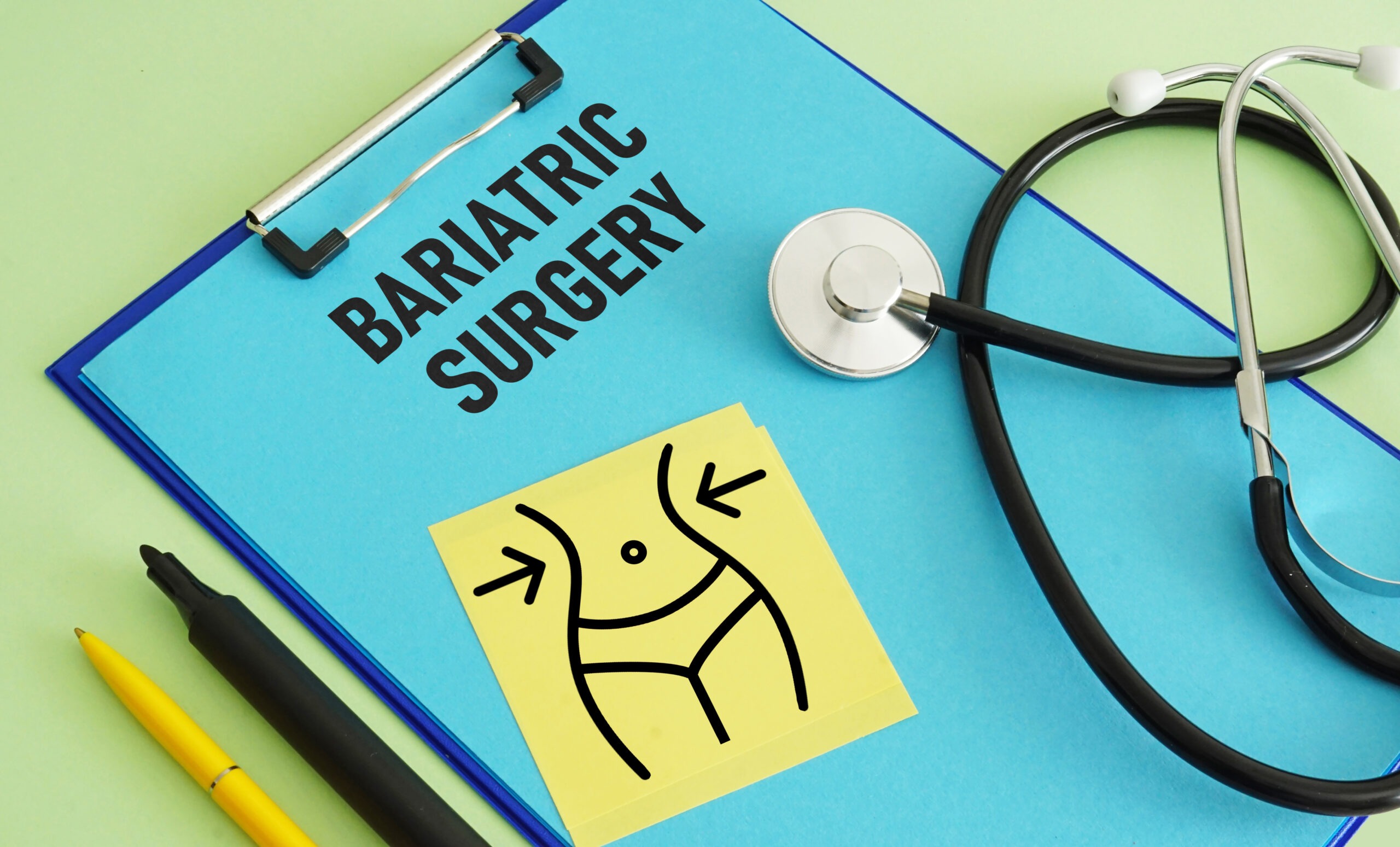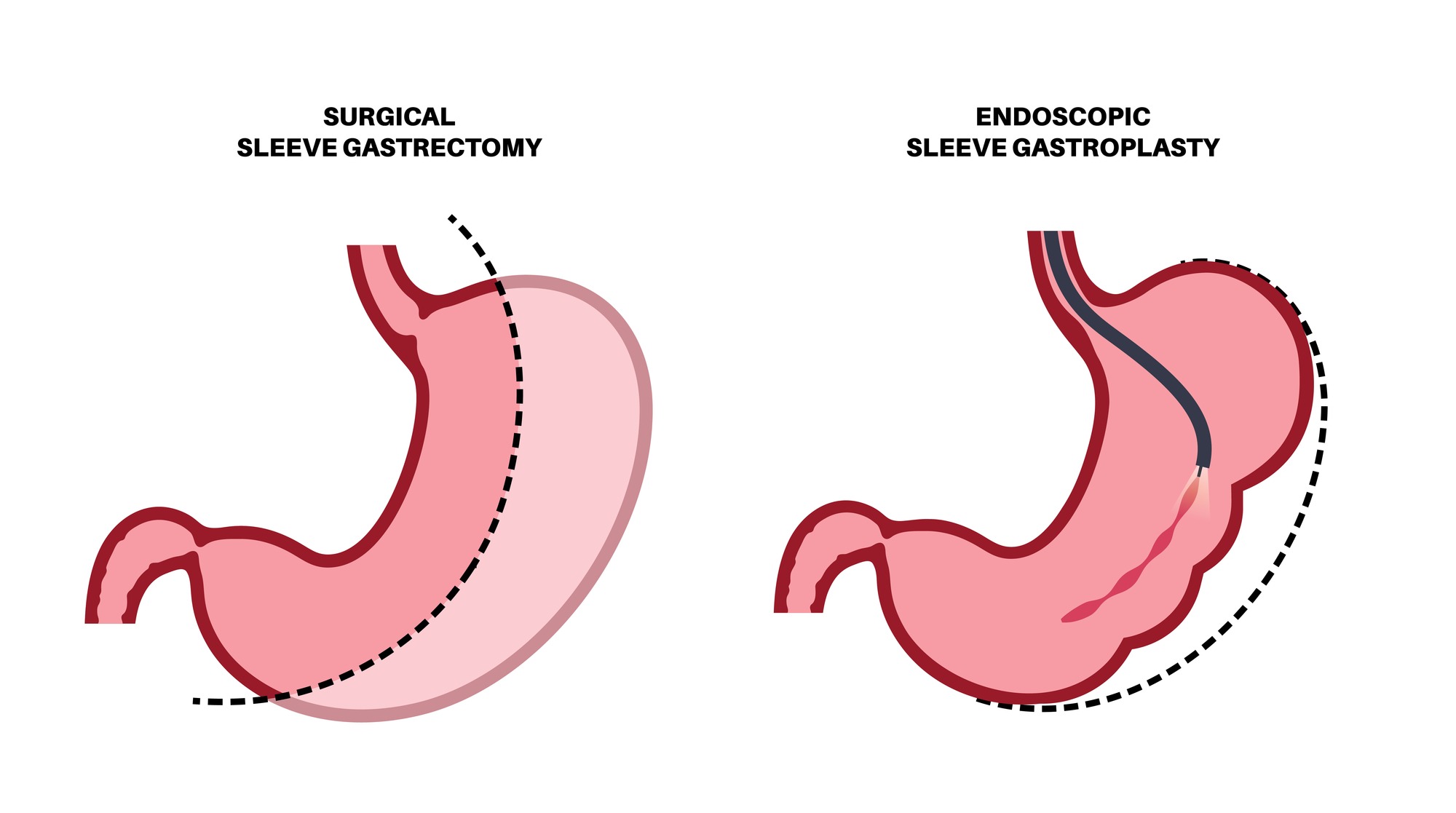The obesity rate in the United States continues to rise and many adults suffering from obesity are looking for ways to reduce their weight. While experts always recommend diet and exercise to shed unwanted pounds, more drastic measures are sometimes necessary.
Bariatric surgery, also called weight loss surgery, has been shown to help obese patients lose and maintain their weight for over 10 years and manage obesity-related health conditions. However, many patients are unwilling to undergo surgery because of anxiety or fear.
However, there are different ways doctors can perform the surgery you need. Aside from the traditional open surgery, there are minimally invasive surgical procedures like laparoscopic and robotic-assisted surgery. These less invasive procedures reduce the risk of complications while being effective enough to reduce and maintain weight for a long time.
One of the most advanced forms of minimally invasive surgery is the da Vinci surgical system from Intuitive Surgical. This type of surgery is available at Beltline Health, where patients experience shorter recovery times, fewer complications, and less scaring. If you are considering this type of surgery, read on to learn more about it.
What is da Vinci Robotic Surgery?
The da Vinci robotic surgery is a type of surgery performed using the da Vinci Surgical System, a machine that uses four robotic arms to provide a minimally invasive approach. It has been one of the most widely used surgical systems for various types of procedures.
The da Vinci Surgical System is a state-of-the-art technology designed in 1999 by Intuitive Surgical, an American corporation that develops, creates, and markets robotic products to streamline and simplify invasive and complex surgical procedures. It also became the first commercially available robotic surgical system to be cleared by the Food and Drug Administration for use in laparoscopic surgery in 2000.
Our bariatric surgeons at Beltline Health are highly trained and experienced in performing weight loss surgery using this robotic surgical system to help you achieve your weight loss goals with fewer complications and risks.
Who is considered for robotic-assisted weight loss surgery?
In general, robotic surgery for either gastric bypass or sleeve gastrectomy is a good option for patients with:
- a body mass index (BMI) of 40 or higher (severely obese)
- a BMI of 35 to 39.9, and have obesity-related health problems like type 2 diabetes, sleep apnea, hypertension, and heart disease.
The increased visualization with da Vinci surgery allows bariatric surgeons to have more control over movements and reduce risks of complications for severely obese patients.

How does the da Vinci Surgical System work?
Although da Vinci surgery is referred to as robotic surgery, your bariatric surgeon who underwent extensive training is still 100% in control of the machine and every aspect of the surgery the entire time. The robotic hands allow the surgeon to have a wider range of motion than his hands while having a 3D high-definition view of the inside of your body.
The da Vinci surgical system includes three integrated equipment that are designed to make the robotic-assisted surgery as smooth as possible:
Surgeon’s Console
Considered the control center of the system, the surgeon’s console with an ergonomic design is where your surgeon sits to direct and control the surgery. It is placed only a few feet away from the operating table. The console includes a screen that provides enhanced, magnified, and real-time 3D images of the incision site. This way, your surgeon can access and perform the surgery better than if they were standing near you without a machine.
Patient-Side Cart
The patient-side cart has three to four interactive robotic arms where the surgical instruments and high-definition camera are attached. It will allow the surgeon to operate by controlling the instruments and camera that will be placed inside the surgery site.
EndoWrist Instruments
EndoWrist Instruments are patented instruments designed to provide your surgeon with a wider range of motion than his hand alone. Each of these instruments has a specific task, such as cutting, clamping, suturing, and dissecting.
The process begins when your surgeon makes small incisions in the surgical area. They will insert small instruments and a high-definition 3D camera to have a clearer image of the inside of the body. From a nearby console, your surgeon will perform the surgery by manipulating the instruments which respond in real-time with the movements made at the surgeon’s console.
Where is da Vinci Surgical Systems used?
The da Vinci surgical systems are widely used for various minimally invasive surgical procedures such as weight loss surgery. Other procedures included are:
- General Surgery (bariatric surgery, inguinal and ventral hernia repair, gallbladder surgery)
- Cardiac Surgery (coronary artery bypass grafting, mitral valve repair)
- Colorectal Surgery (colon resection surgery, rectal resection surgery)
- Gynecology Surgery (hysterectomy for benign conditions and cancer, myomectomy, endometriosis resection)
- Head and Neck Surgeries (benign base of tongue resections, some mouth or throat benign and malignant tumor surgeries)
- Thoracic Surgery (lung cancer surgery, mediastinal mass resection, thymectomy)
- Urology Surgery (prostate surgery, kidney surgery, cyst removal)
Our bariatric team at Beltline is committed to providing minimally invasive surgery options for our patients suffering from obesity. We provide state-of-the-art technology like da Vinci robotic-assisted surgery to reduce pain and discomfort, shorten recovery time, and improve patients’ quality of life with fewer complications.
How is da Vinci Different From Laparoscopic Surgery?
A robotic surgery like da Vinci is similar to laparoscopic surgery in that they both use cameras and small surgical instruments, and make smaller incisions compared to traditional open surgery. These minimally invasive surgical techniques have similar benefits too, such as reduced pain, less blood loss, and smaller scars.
However, with the da Vinci system, your bariatric surgeon will have better access to the surgical site with the use of robotic arms which are controlled through a console. It also provides magnified, high-definition 3D images as opposed to 2D images from laparoscopic surgery.

Advantages of da Vinci Surgery
With the da Vinci system, your surgeon can perform many complex surgical procedures through fewer and smaller incisions and precise movements from the robotic arms. As a result, patients can get back to their everyday life faster than the usual recovery period following traditional surgery.
Other advantages of the da Vinci system are:
- Shorter hospital stay
- Advanced technology
- Faster healing and less scarring
- Lower risks of infection and serious complications
- Less blood loss and need for transfusions
- Less pain, discomfort, and trauma
Disadvantages of da Vinci Surgery
Even though the da Vinci System is a minimally invasive surgery, it still comes with surgical risks like a longer operation time of about 2 to 3 hours. Other disadvantages of the da Vinci system are:
- Longer exposure to anesthesia
- More expensive than traditional open surgery
- Risk of devices malfunctioning (very rare)
- Possible cuts or tears to surrounding organs
Is da Vinci Surgery Safe?
The da Vinci surgical system is an effective robotic-assisted surgery for bariatrics that has been considered superior to traditional open and laparoscopic surgeries. According to Intuitive Surgical, more than 44,000 surgeons worldwide have performed da Vinci procedures for over 1.8 million people in the United States from 2011 to 2019.
At Beltline Health, our team of experienced health professionals offers the best, innovative, and sustainable surgical weight loss options to help you achieve a healthy weight loss and manage any obesity-related health conditions. We use minimally invasive procedures such as laparoscopic and robot-assisted surgery to ensure faster recovery, less pain and discomfort, and shorter hospital stay.
If you’re interested in knowing more about robotic weight loss surgery, sign up for our free weight loss seminar to get started. Check our article where we explain the bariatric surgery process in detail, as well as the lifestyle changes you would need to adopt if you choose to have the surgery. For questions and concerns, visit our website to message us or call us at (470) 419-4380.




